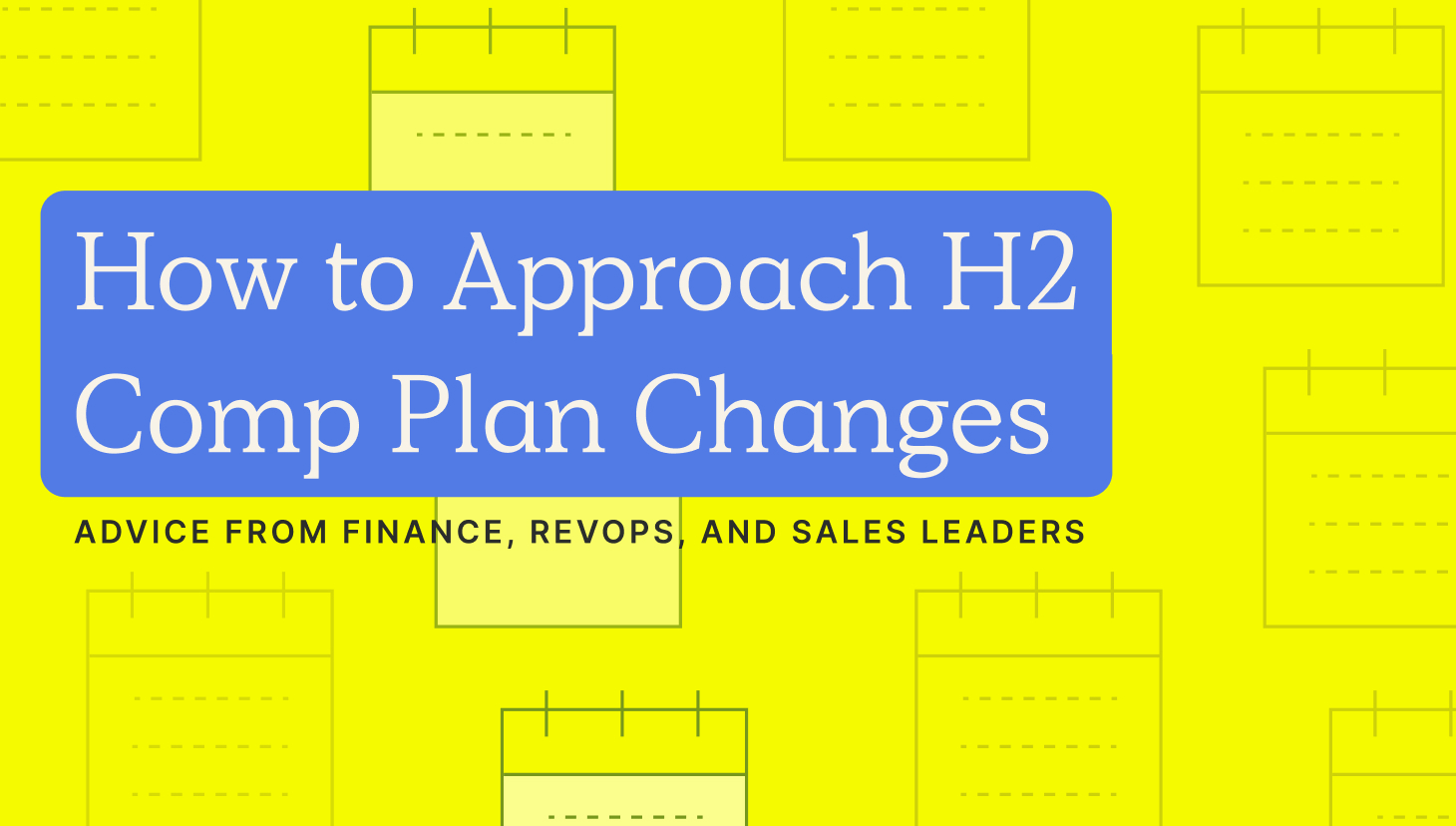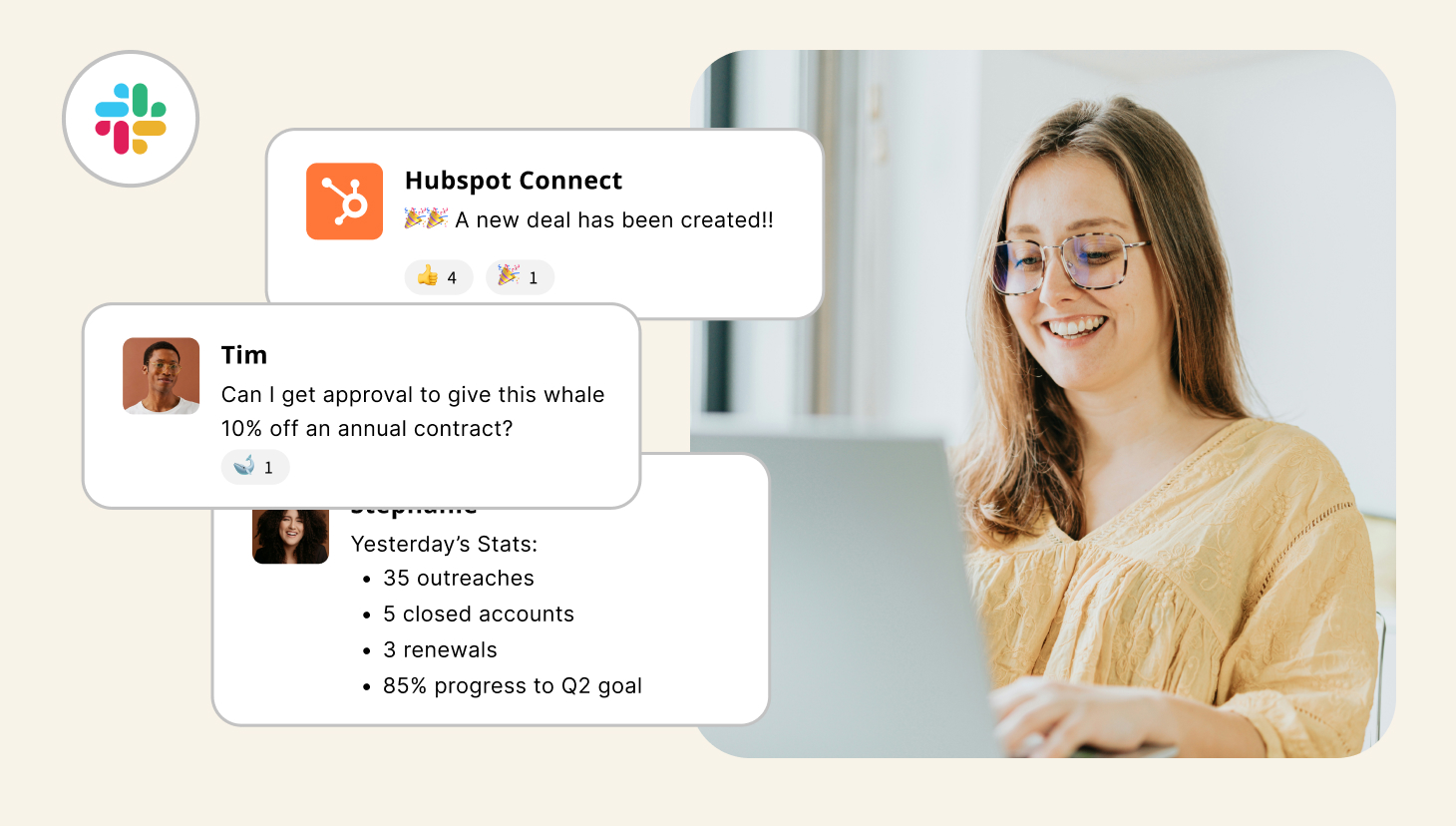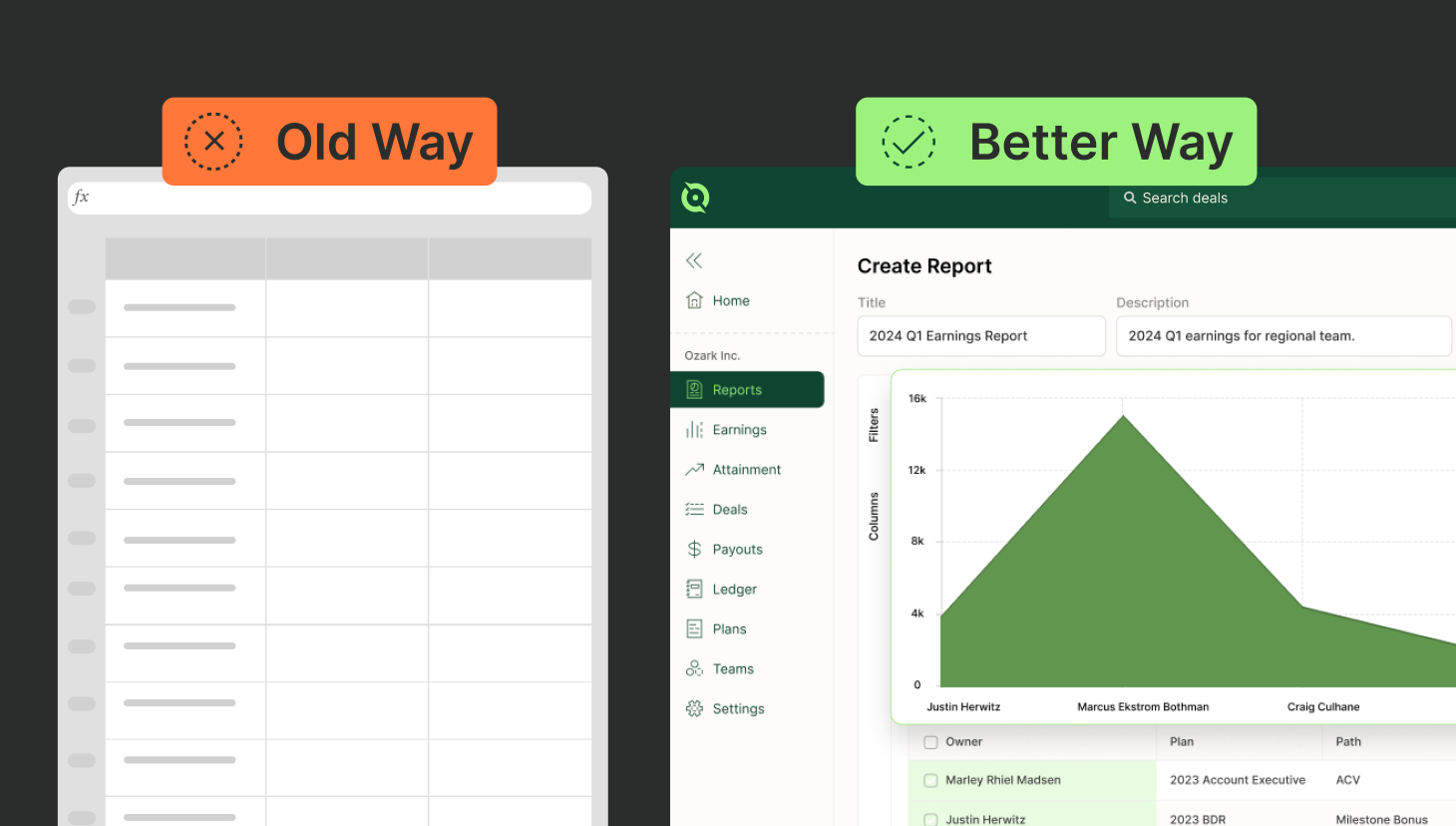The new year is just around the corner, and with it comes the opportunity to refresh your company’s compensation strategy.
While you and your leadership team should feel optimistic when it’s time to roll out your plan, it’s imperative to remember that those impacted by the comp plan—your teams—might not see it that way.
In our experience, most teams resist comp plan changes and assume the worst. “The company wants us to do more and pay us less” is a common trope.
And when leadership fails to keep their team privy to incoming changes, distrust, and negativity only worsen. Mark Roberge, Managing Director of Stage 2 Capital, has firsthand experience with the consequences of a poorly executed compensation plan.
He recalls when “10 amazing salespeople from a particular company came to me with job applications” immediately following a botched compensation plan design coupled with ineffective communication.
As Mark emphasizes, “You have to carefully manage the design and communication process of a compensation plan.”
Here’s how to do it.
RevOps, sales leaders, and finance teams use our free tool to ensure reps’ on-target earnings and quotas line up with industry standards. Customize plans with accelerators, bonuses, and more, by adjusting 9 variables.
Build a Comp PlanThe Importance of Proactive Communication
A well-executed comp plan rollout can significantly impact your team’s motivation, performance, and trust in your leadership. By proactively addressing concerns, gathering input, and providing clear information, you can help your team understand the rationale behind changes and maintain morale.
“Your salespeople deserve to know why the design is the way it is and why changes they propose can’t be done,” said Mark.
Pre-Launch Communication:
- Involve Reps in the Development Process: When reps feel involved in decision-making, they are more likely to support the new plan. Consider forming a committee or conducting surveys to gather feedback.
- Test the comp plan with a few sales reps to get “market feedback” before implementing. (Read: comp plan best practices.)
- Hold a town hall meeting with your team: Outline the plan’s drivers and reasons for upcoming changes. Make it a two-way conversation and invite feedback and suggestions.
- Provide Ample Notice: Give your team ample time to adjust to the new plan. This will allow them to prepare and ask questions mentally.
- Address Concerns and Questions: Be prepared to answer questions and address concerns about the new plan. Open communication can help to alleviate anxiety and build trust.
Tips For Communicating Comp Plans
Here are some tips for communicating a compensation plan:
- Use consistent messaging: Avoid confusion and misunderstandings by using the same messaging each time you share the plan
- Use multiple communication methods: Everyone learns differently, so use a variety of methods to communicate the plan
- Start broad and become more detailed: When sharing with the whole organization, start with general messaging and then provide more details
- Provide calculation examples: Use examples based on different scenarios to help employees understand how the plan works
- Explain the plan’s benefits:Help employees understand why they should be excited about the plan and how they can optimize their income
- Use visual aids: Charts, graphs, and infographics can help employees understand and retain complex information
- Provide a technical document: Provide a full document that explains how employees make money, what their commissions will be, and any additional benefits (have them sign it)
During Implementation:
- Launch at Sales Kickoff (SKO): Crate alignment between business goals, sales goals, and compensation plans involving HR, sales operations, and sales executives. Communicate changes and provide the necessary support to inspire the sales organization.
- Offer Comprehensive Training: Ensure your team understands the new plan and how it will impact their earnings. Provide training sessions and resources to support their understanding.
- Monitor Performance and Address Issues: Monitor your team’s performance closely and address any issues promptly. This will help maintain morale and ensure that the plan is working as intended.
- Encourage Open Communication: Create a culture of open communication where employees feel comfortable sharing their thoughts and concerns. This can help to identify potential problems early on.
- Hold team and one-on-one plan reviews: Conduct team meetings and one-on-ones to explain compensation plans in detail. Distribute supporting materials like FAQs, videos, and calculators to help employees understand the plan thoroughly.
Post-Launch Communication:
- Gather Feedback: Conduct surveys or one-on-one meetings to gather feedback on the new plan. This will help you identify areas for improvement and make necessary adjustments.
- Ask:
- Do you feel this comp plan is fair? Why or why not.
- Are you incentivized? Why or why not.
- Do you understand how you’re paid?
- Ask:
- Analyze Performance Data: Track key performance metrics to evaluate the effectiveness of the new plan and share with team.
- Are reps achieving their quotas?
- Are they motivated to exceed expectations?
- What were you hoping to drive with your comp plan, and have you seen evidence suggesting a change has happened?
- How’s your win rate?
- Is sales velocity increasing? What about average contract value?
- Make Data-Driven Adjustments: Based on your analysis, make data-driven adjustments to the plan as needed. This could involve changes to commission rates, quotas, or other elements of the plan.
Comp Plan Rollout Scenarios
So, what does a good look look like in this case, and what does a bad look look like?
Example of Effective Communication:
- Scenario: A company is introducing a new commission structure that rewards team collaboration.
- Effective Communication: The company explains the new structure, highlighting the benefits of teamwork and collaboration. They also offer training sessions to help reps understand the new metrics and how they will be evaluated.
Example of Ineffective Communication:
- Scenario: A company suddenly announces a new comp plan with higher quotas and lower commission rates.
- Ineffective Communication: The company fails to explain the changes, leaving employees feeling surprised and demotivated.
Design, track, and manage variable incentives with QuotaPath. Give your RevOps, finance, and sales teams transparency into sales compensation.
Talk to SalesCan QuotaPath Help Your Rollout?
Building a compensation plan that drives desired selling behaviors is essential for the success of any sales organization. You can create a motivating and effective compensation structure by aligning your plan with business goals, ensuring transparency and communication, and automating key processes.
The best news? QuotaPath can make all of this easier for you.
QuotaPath offers a comprehensive solution for building, managing, and measuring sales compensation plans.
With QuotaPath:
- Align your plan with business goals: Easily create plans that directly support your company’s objectives.
- Ensure transparency and communication: Provide clear and accessible information to your sales team, fostering trust and understanding.
- Automate processes: Streamline tasks like tracking performance, calculating payouts, and generating reports.
Schedule time with our team to learn more.



